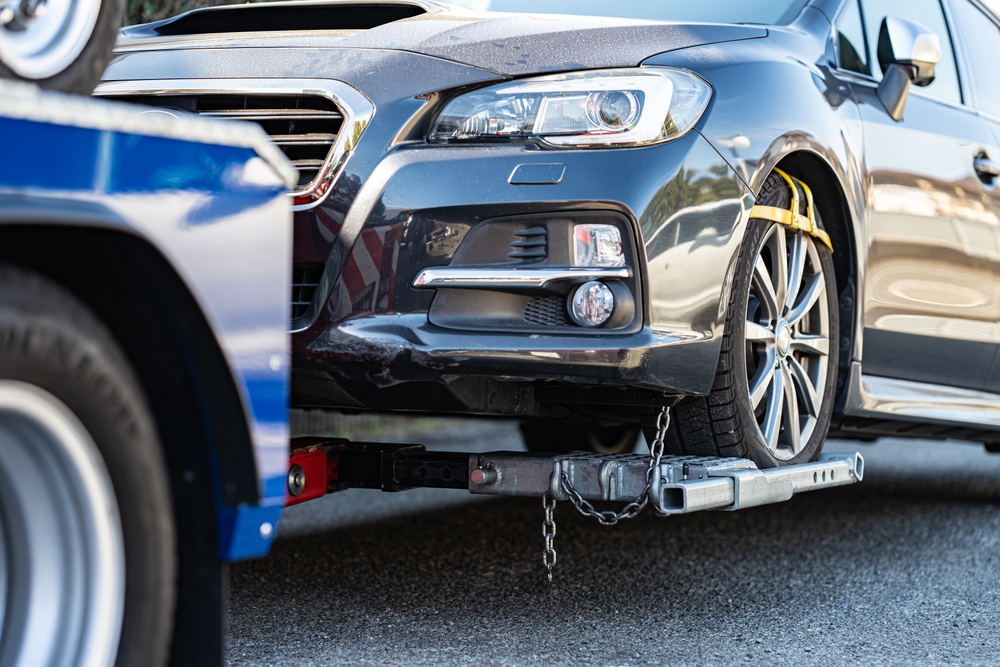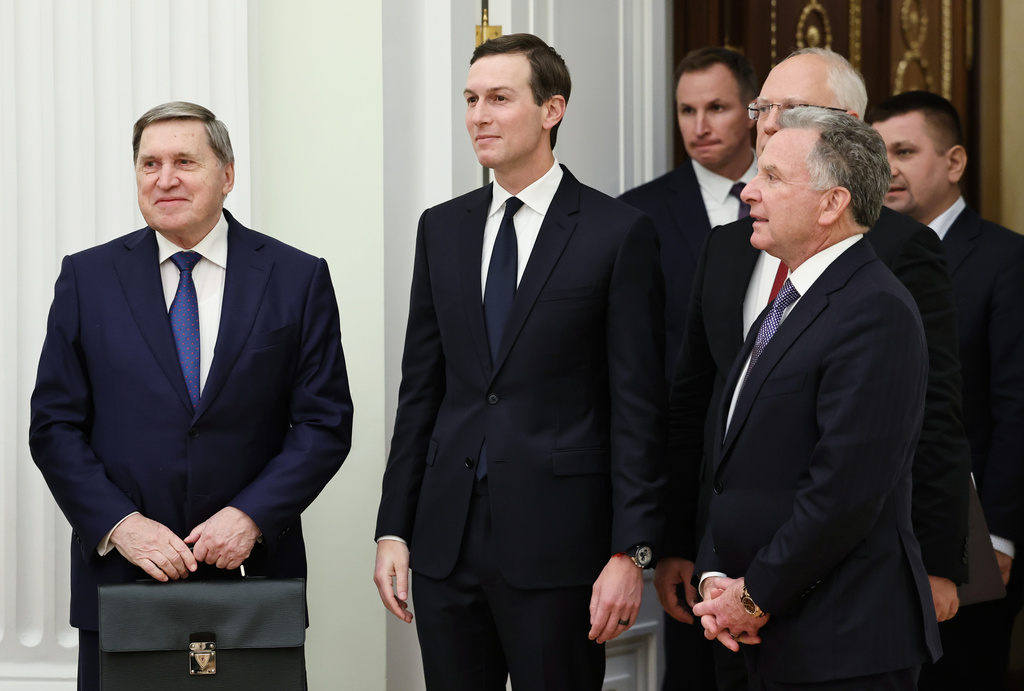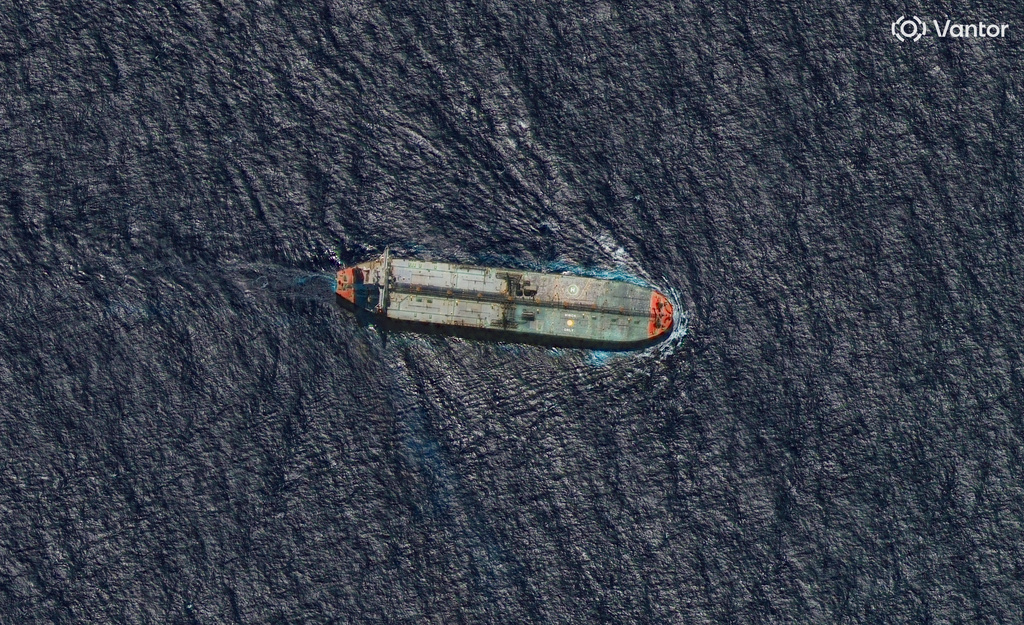When you were being marketed to, you used to know it. Big names hawking swag in sometimes overt ways, like Cindy Crawford grabbing an ice-cold Pepsi.
Sometimes, slightly more subtle maneuvers, like Superman trouncing villains with a Marlboro truck right in sight.
Today, the game has changed completely. Influencers are becoming major independent marketers with a far more sly setup.
This is what influencer marketing is, according to Forbes: "It's the grey territory between an official testimonial and a subtle product mention, which is done almost in passing."
Influencers don't have to be celebrities. Some are, some aren't. They do have to be thought leaders though — meaning respected authorities on a certain topic or a theme. For example: food or fashion or music or travel.
And most of all, they need a devoted following on social media. Sometimes they might add TV or a blog. Maybe books for good measure. But as long as people care about their opinion, they're in business.
Companies — sponsors, in this case — pay an influencer to market a product if they believe they have a built-in audience to buy it or try it.
A few considerations are made, writes Influencer Marketing Hub.
— Who's the influencer's main audience? Tweens, young professionals, gay millennials, affluent parents? You have to get specific.
— Size does not always matter. An influencer with a small following that precisely fits even a slice of a targeted audience is preferable to one with a huge, fractured audience.
— And what's the content plan here? It shouldn't be dead-on and product-focused. It should revolve around an interesting story or an image that logically — although subtly — includes the product.
Here's an example. Balvenie Scotch, a small-batch craft whiskey, hired influential chef and TV personality Anthony Bourdain to be its influencer. Why? Balvenie felt Bourdain's sophisticated audience fit its brand. (He also happens to be a household name with millennials.)
Bourdain and Balvenie collaborated on a series of short documentaries, not about Balvenie Scotch but about craftsmanship. In one about handmade cookware, Bourdain casually mentions Balvenie Scotch right at the end, uses a splash to cook with it and enjoys a drink with the cookware craftsmen.
Otherwise, the six-minute video is a story about people creating handmade skillets. The overall message, though, is: There's something to be enjoyed and appreciated about craftsmanship, whether the product is cookware or scotch. With more than 1 million views, the videos have no doubt inspired a fair share of liquor store runs for scotch.
Final question here: What about all the money?
Top-dollar influencers get big bucks. Beauty mogul Huda Kattan, with 20 million-plus Instagram followers, gets $18,000 per sponsored post. That made her No. 1 on the 2017 Influencer Instagram Rich List. Selena Gomez topped the 2017 Celeb List. 122 million followers, and she rakes in $550,000 per sponsored post.
The influencer market, as you see, is big. It's projected to keep on growing — and fast. Adweek estimates it was worth $2 billion in 2017. It's gonna hit $10 billion in 2020.











